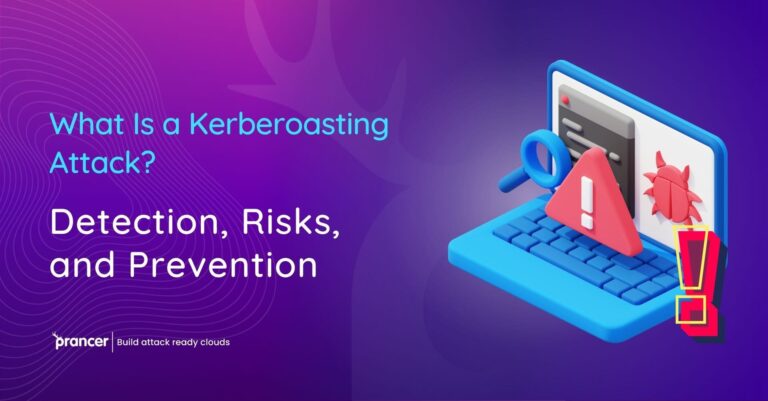
In the digital landscape, the imperativeness of application security has never been more pronounced. However, the dynamism of technology brings with it its own set of challenges, compelling us to evolve from traditional security measures to more robust, automated solutions. This journey of evolution brings us to the forefront of automated security and the innovative concept of Infrastructure as Code (IaC).
As a trailblazer in security practices, automated security is born out of the increasing complexity of technology and its challenges. It harnesses the potential of technology to fortify the protection of applications, their data, and their infrastructure. The principles of security automation and orchestration form the backbone of automated security.
Security automation pertains to the employment of tools and software to execute repetitive security tasks without manual intervention. This not only increases efficiency but also mitigates the risk of human error, freeing up security teams to tackle more intricate, strategic tasks.
The other pillar, orchestration, involves aligning automated tasks into a coordinated, well-knit process or workflow. Through the consolidation of multiple automated tasks, orchestration provides a streamlined approach to application security, enhancing its efficiency and effectiveness.
The value proposition of Prancer automated security is significantly augmented with the advent of Infrastructure as Code (IaC). Infrastructure as Code is an IT practice that transforms infrastructure into code, empowering developers and IT professionals to automate the provisioning and management of their technological stack.
When viewed from an application security lens, Infrastructure as Code (IaC) offers a multitude of benefits. By encapsulating infrastructure as code, it permits the application of automated security controls at every juncture of infrastructure setup and upkeep. Moreover, it enables continuous monitoring and adjustments, fostering a more secure and resilient application environment.
Through the standardization of environments and version control, Infrastructure as Code (IaC) mitigates inconsistencies and discrepancies that could potentially lead to security vulnerabilities. This also fast-tracks the onboarding of new environments and services, ensuring that application security is maintained throughout the process.
For the successful implementation of Infrastructure as Code (IaC), however, it’s essential to integrate it with Continuous Integration and Continuous Delivery (CI/CD) pipelines. These pipelines form the bedrock for a dependable, repeatable process for developing, testing, and deploying code, including infrastructure code. As such, they are integral in facilitating real-time application security checks and modifications.
As we step into a new epoch, automated security and Infrastructure as Code (IaC) are not just fleeting trends, but signify a monumental shift in the realm of application security. This evolution aims to maximize efficiency and efficacy, empowering businesses and organizations to fortify their applications in an increasingly digitized and interconnected world.
This journey towards a new era of application security is only just commencing. However, the potential held by the amalgamation of automated security and IaC is truly limitless. This fusion promises to redefine the domain of application security, setting the stage for a secure, resilient future in our digital world.
